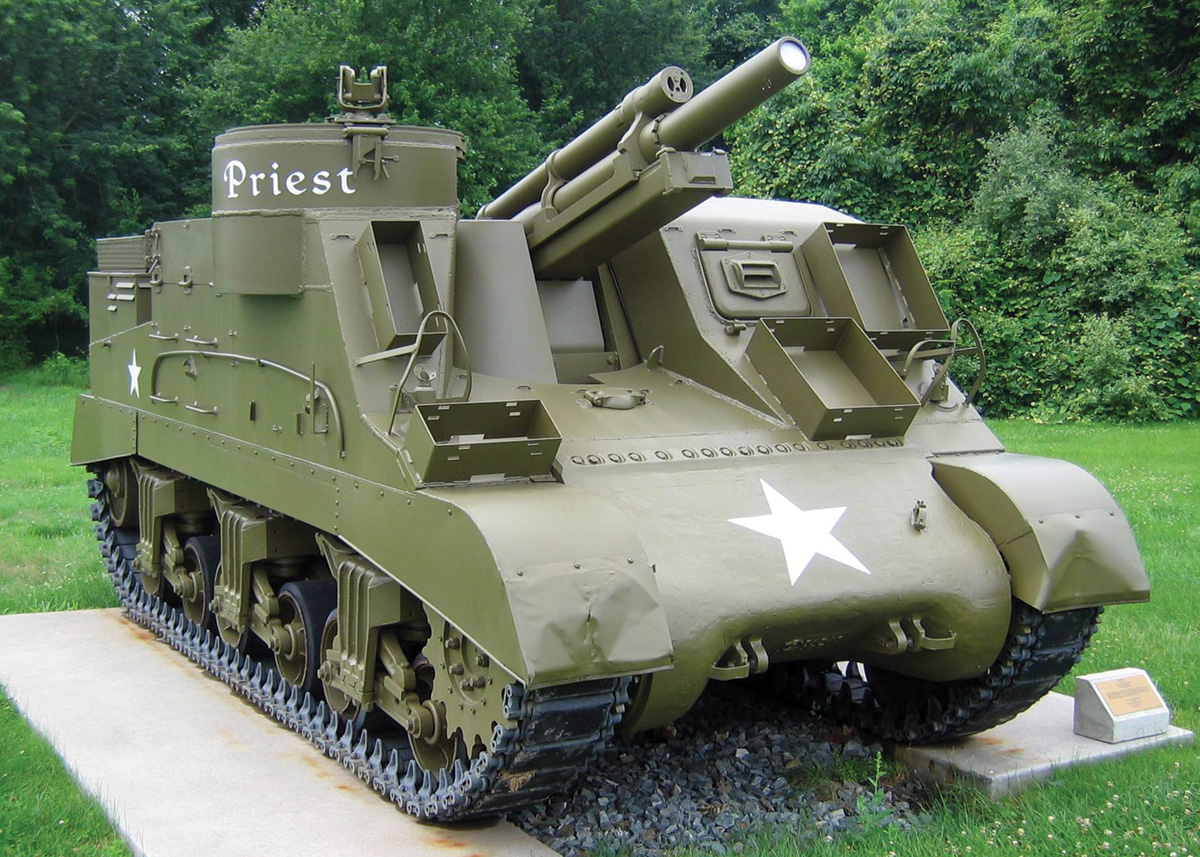by Terrance Cottrell – Remembrance Magazine Volume 3
Have you ever had a bright idea that you thought a lot about but never did anything about? Well, Kingston’s Mike Shultz had an idea and did something about it. The former city policeman and commanding officer of The Princess of Wales’ Own Regiment has made his mark in a big way.
For through the skill and generous labours of Doug Wilson of Gananoque’s Leeder Monuments, Shultz sent a hefty, plaque-bearing chunk of pink Canadian granite to Mill, Holland, to help mark the 1945 liberation of Holland by Canadian troops. It was placed beside a restored Canadian “Kangaroo” armoured personnel carrier.
The site is a monument to the dash and daring of the men of the First Canadian Armoured Carrier Regiment (1CACR) in the town where the regiment was created on 24 October 1944. When it was disbanded at a minute to midnight on 20 June 1945, it was the only Canadian regiment to have existed solely on Dutch soil.
Like Shultz’s stone, the regiment with the motto Armatos Fundit “Disgorging armed men” – sprang from an idea – the idea of Canadian general Guy Simmonds, who desperately needed a way of protecting soldiers. The words are actually taken from the Latin version of The Oddyssey (Bk 8 511-15), the part where Oddysseus and his warriors drop from the belly of the Wooden Horse in the heart of Troy: for as part of British commanding general Bernard Montgomery’s plan for the battle of Normandy, following the invasion the Canadian infantry were tied up for weeks in meat-grinder battles on the left flank of the allied armies against the bulk of the powerful German armoured forces under Field Marshal Rommel.
Eventually Rommel was wounded and the trap was set. Hitler ordered a bold western sweep against the allies aimed at Avranches through a gap between Caen and Falaise. If the allies could cut off this pocket jammed with SS panzergrenadiers, 400 Tiger and Panther tanks and dozens of the famed 88 millimetre all-purpose canons, the battle for France would be won.
Simmonds needed a way to move his infantry at high speed at night across rough terrain right through the heart of the Germans to seal the mouth of the bag behind them. It would be the kind of exploit invented by the German themselves, by such men as Rommel and Guderian. It was called blitzkrieg – “lightning war.”
Simmonds found 76 “Priests,” American self-propelled artillery pieces (SPs) that were being replaced by a different type of Canadian-made SP. These were vehicles like a tank but open at the top and without a turret. Simmonds had the guns taken out and extra armoured plate welded into the gaps.
Voila! The “defrocked priests” became the first serious armoured personnel carriers (APCs). They could carry 20 men and equipment at 26 miles an hour with a thick wall of steel plate around them and a heavy machine-gun to protect them.The operation was a total success. Allied “Typhoon” and “Thunderbolt” fighters blasted the trapped German armour with rockets, and all fire-power was brought to bear. The rout was complete. It was only a dispute between British and American generals about how to proceed that allowed many of the Germans to escape towards Paris. But it was the beginning of the end.
The first Canadian carrier squadron was such a success that plans were laid to expand it. Canadian infantry no longer had to wait for the arrival of scarce allied tanks to protect their slow advance from intense German mortar and machine-gun fire. And when the battle reached Rouen, the Priests were returned to the Americans and replaced by Canadian-built Kangaroos – Ram tanks without turrets.
The Rams were as fast as the Priests and had some overhead armour as well. They carried fewer men but were a smaller target; at six feet they were more than two feet lower.
The two Kangaroo APC squadrons won distinction and saved many Canadian lives by their bold actions at places such as Boulogne, Calais and Antwerp. And after their formation into a regiment, they received unique kangaroo cap-badges to go on their Royal Canadian Armoured Corps black berets.
The British were so impressed with the success of the Canadian experiment that they formed their own armoured carrier regiment on the Canadian model. Both units became part of the special-weapons British 79th Armoured Division.
The new regiment gave punch and protection to the infantry throughout the bloody campaign in Limburg province. And against battle-hardened German troops who fought vicious rearguard actions behind the Maas and up to the Rhine River. On 26 March 1945, 1CACR crossed the Rhine and became the first Canadian unit to be entirely in Germany. The regiment was also the first Canadian unit to cross the famous “Siegfried” line.
On 5 May, an entire Austrian infantry battalion surrendered to them without firing a shot. The war ended on 8 May. By then the Kangaroos had carried men of 38 British and 20 Canadian regiments into battle. In eight months of war they’d lost 17 killed and 71 wounded, and had won eight medals for gallantry.
Colonel Shultz’s bright idea will become a solid reality on June 20, the special day of 1CACR, after the granite arrives in Holland by ship. We know it’ll be well-received by the grateful people of Holland, who’ve never forgotten Canada’s gift in blood for the freedom of their country.


